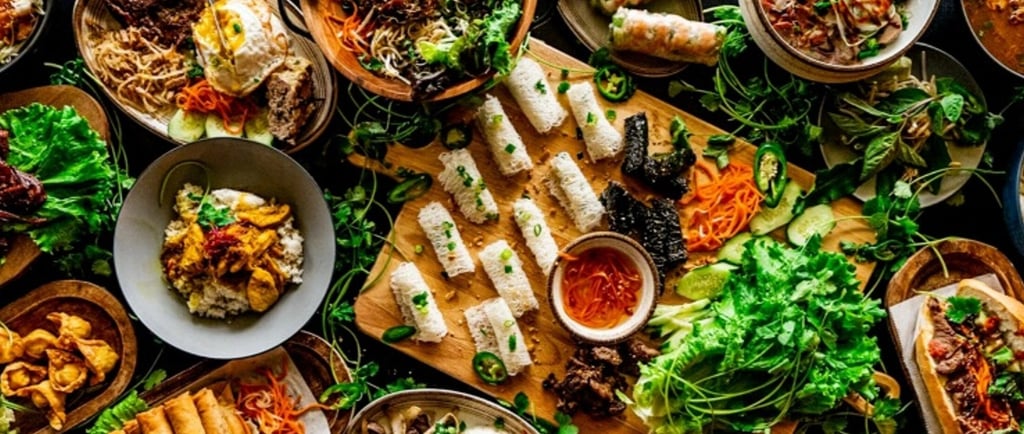World Cuisines: How History Has Influenced the Flavors We Love Today
Discover how centuries of history, trade, and culture have shaped the world’s most beloved cuisines. From Indian spices to French finesse – taste the journey!
3/5/20252 min read


🧭 Introduction: A Taste of History
World cuisines are more than just recipes – they are living stories of history, migration, and cultural exchange. From spicy Indian curries to savory Moroccan tagines, each dish carries the legacy of centuries of trade, exploration, and innovation. In this article, we dive into how history has shaped the global flavors we love today.
🌍 1. The Role of Trade Routes in Flavor Evolution
Centuries ago, the Silk Road and Spice Trade Routes played a major role in culinary history. These ancient networks allowed spices, ingredients, and techniques to travel across continents.
Indian spices like turmeric, cumin, and cardamom found their way into Middle Eastern and European dishes.
Tomatoes and chili peppers, native to the Americas, were introduced to Asia and transformed the cuisine of Thailand and China.
Key point: Modern cuisines would not taste the same without global trade.
✈️ 2. Migration and Cultural Blending
When people move, they take their food with them. Immigrants bring traditional recipes to new lands, where local ingredients add unique twists.
Italian immigrants in the U.S. adapted their pasta dishes using American tomatoes and cheese.
North African flavors influenced French cuisine, especially in regions like Marseille.
These global culinary influences created fusion dishes and hybrid cuisines that reflect diversity and adaptation.
🏰 3. Colonialism and Culinary Transformation
Colonial powers didn’t just export politics—they also changed food cultures.
The French brought baking techniques to Vietnam, which led to the creation of Bánh mì, a perfect fusion of baguette and local fillings.
British colonization of India gave birth to dishes like Chicken Tikka Masala, often called a British national dish.
Flavor is power – and history proves it.
🧪 4. Innovation and Modern Global Cuisine
Today, globalization has made it possible to find sushi in Paris, tacos in Tokyo, and curry in Toronto. But it’s not just about access—chefs are blending flavors across borders.
Think Korean Tacos, Ramen Burgers, or Turkish-Mexican fusion.
Social media and food bloggers now accelerate how fast trends spread globally.
🧁 5. Final Bite: Why Understanding Food History Matters
Understanding the history behind your favorite dishes helps you appreciate their depth. The next time you enjoy a warm bowl of pho or a slice of pizza, remember: it’s not just food—it’s a story of connection, trade, struggle, and creativity.
Explore
Connect
© 2025. All rights reserved.
